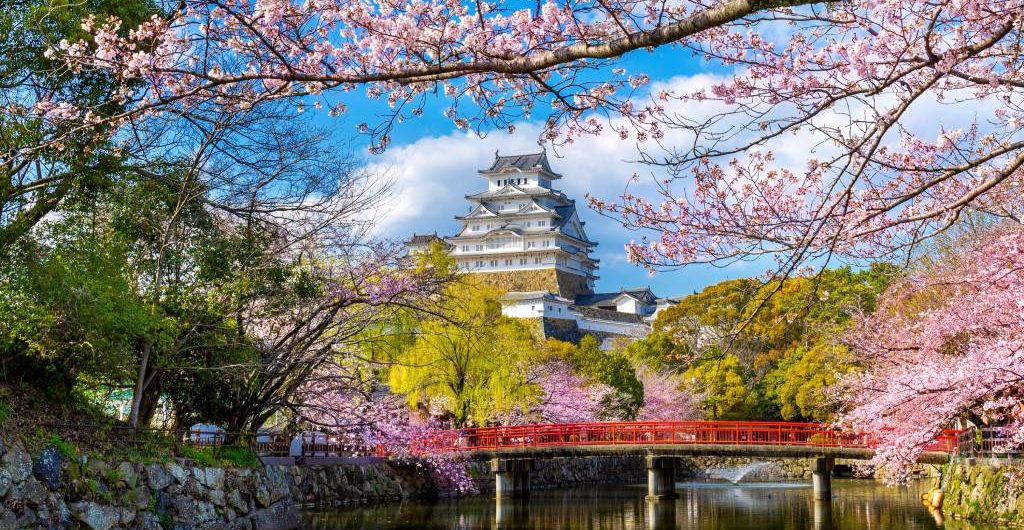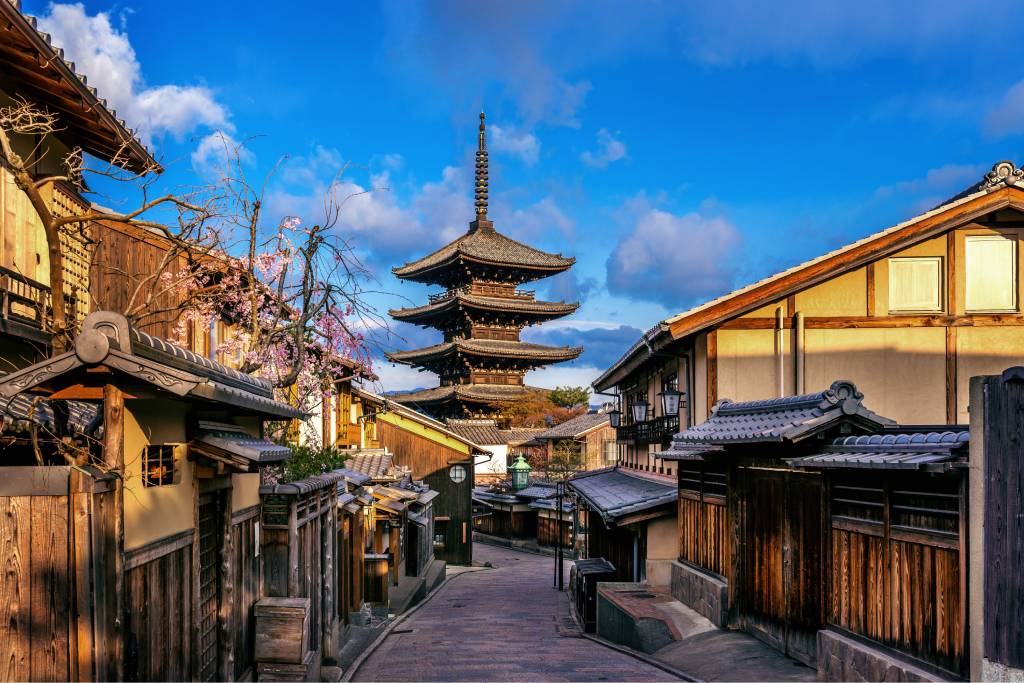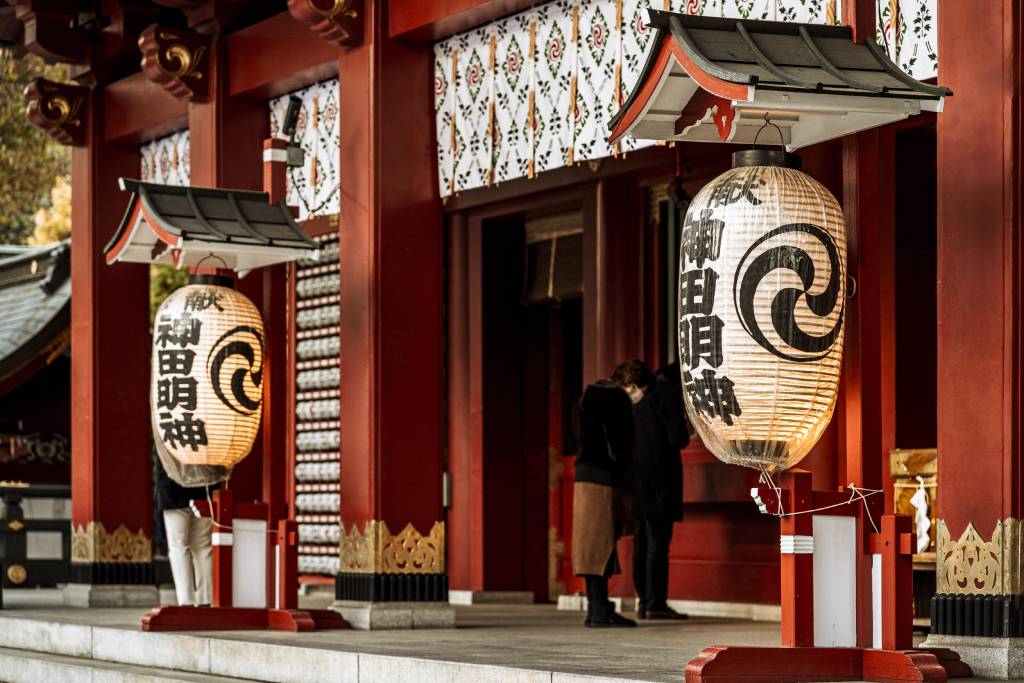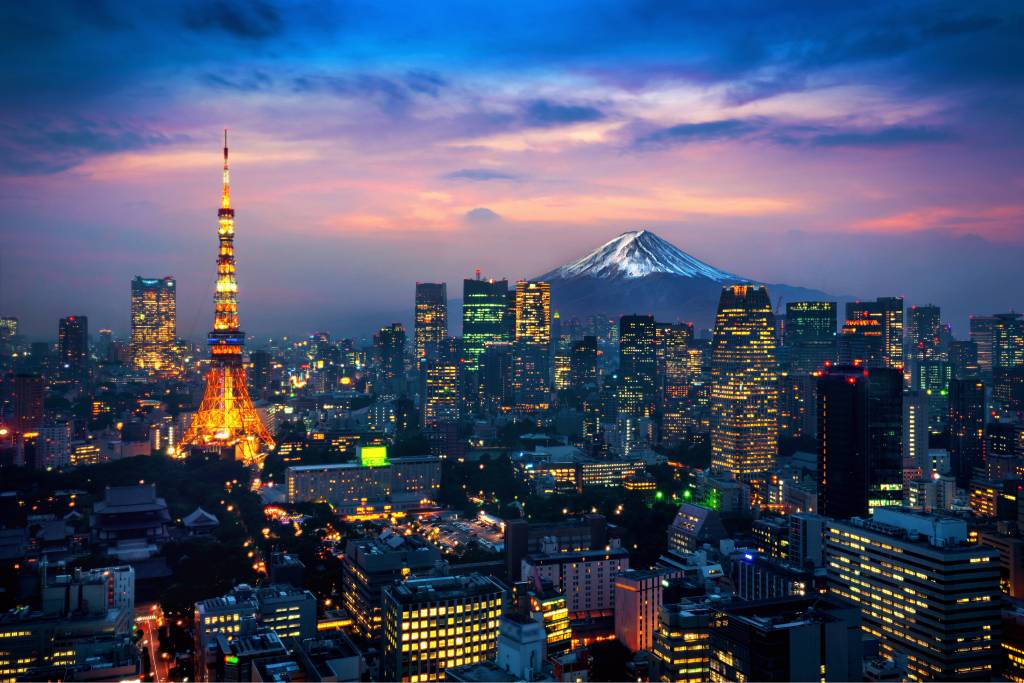
Kyoto, nestled in the heart of Japan, is a city steeped in history, culture, and natural beauty. As one of Japan’s most renowned cities, it boasts a rich tapestry of tradition and modernity that continues to captivate both locals and tourists. In this exploration of Kyoto, we will delve into its historical significance, cultural heritage, modern contributions, natural beauty, tourism, and the enduring allure that has made it a treasure for generations.
Historical Background

Ancient Roots and Imperial Capital
Kyoto’s story begins over a millennium ago when it was founded in the 8th century as Heian-kyo, the imperial capital of Japan. This ancient history forms the foundation of the city’s cultural identity.
Significance in Japanese History
Over the centuries, Kyoto has witnessed significant historical events and eras, including the Heian period, the samurai era, and the Meiji Restoration. Its historical sites, meticulously preserved, offer a window into Japan’s past.
Cultural Heritage

Kyoto’s Cultural Treasures
Kyoto is adorned with a treasure trove of temples, shrines, and traditional architecture. Its streets echo with the grace and elegance of geisha culture, and the city is a vibrant hub for traditional arts such as tea ceremony, ikebana (flower arranging), and calligraphy.
UNESCO World Heritage Sites
Kyoto boasts an impressive list of UNESCO World Heritage Sites. These include iconic places like Kinkaku-ji (the Golden Pavilion), Kiyomizu-dera, and the historic monuments of ancient Kyoto. These sites not only symbolize the city’s historical importance but also its commitment to preservation.
Modern Kyoto

Role in Modern Japan
Kyoto is not just a relic of the past; it plays a crucial role in modern Japan. It’s a hub for industries like electronics, education with prestigious universities, and a center for cutting-edge technology research.
Contemporary Cultural Contributions
The city’s traditional and contemporary blend is evident in its influence on art, fashion, and design. Kyoto hosts a multitude of cultural festivals and events, celebrating its heritage and innovation.
Natural Beauty

Kyoto’s Natural Landscapes
Beyond its temples and streets, Kyoto boasts breathtaking natural beauty. Surrounded by mountains and lush forests, it’s a city in harmony with nature. Its gardens and parks, meticulously landscaped, are perfect representations of Japanese aesthetics.
Cherry Blossoms (Sakura)
Cherry blossoms, or sakura, hold profound significance in Kyoto. The city comes alive during cherry blossom season, with hanami (flower viewing) gatherings in parks, illuminations, and festivals that celebrate the transient beauty of these delicate blossoms.
Tourism and Visitors

Tourism in Kyoto
Kyoto is a magnet for tourists. Its attractions include the iconic Fushimi Inari Shrine, Arashiyama Bamboo Grove, Gion district, and more. Visitors from around the world flock to experience its cultural richness.
Challenges of Overtourism and Conservation
The city grapples with the challenges of overtourism. Balancing the preservation of historical sites with the demands of tourism is a delicate task. Kyoto has embarked on various sustainable tourism initiatives to protect its heritage while accommodating visitors.